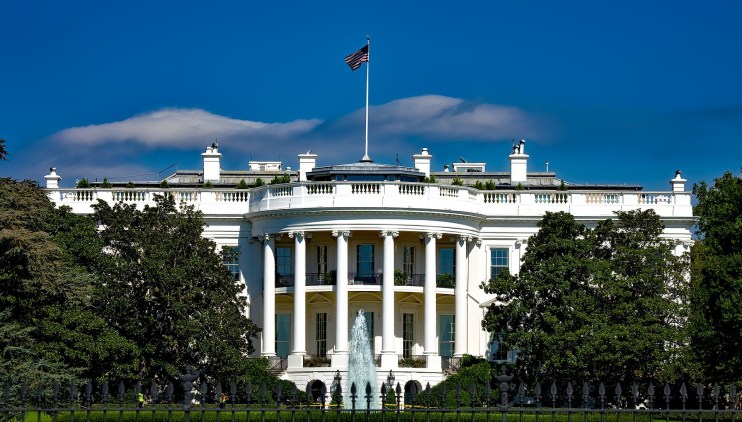Oil prices stabilises after US debt ceiling vote as OPEC+ meeting looms

Oil prices have stabilised today after the passing of a key vote on the US debt ceiling revived expectations of demand growth, while the Federal Reserve hinted at a potential pause in interest rate hikes.
Brent Crude is up 0.06 per cent in this morning’s trading – priced at $72.64 per barrel – while WTI Crude is down 0.04 per cent at $68.06 per barrel, after both major benchmarks fell on Tuesday and Wednesday.
The House of Representatives approved a deal last night to allow the US to borrow more money, days before the world’s biggest economy would default on its $31.4trn debt – which would have global ramifications due to its influence over financial markets.
The measure passed the chamber comfortably with a vote of 314-117, with the Senate now set to vote on the bill later this week before President Joe Biden is able to sign the debt deal into law.
The government is forecast to hit its borrowing limit on Monday 5 June.
This has restored investor hopes of further demand growth in the world’s biggest oil consumer.
Meanwhile, a top Federal Reserve official has suggested interest rates could be kept on hold this month.
In an effort to keep the door open to forgoing an interest rate increase next month, vice chair Philip Jefferson has suggested the central bank could “skip a rate hike at a coming meeting.”
He saw this as an opportunity to “see more data before making decisions about the extent of additional policy firming.”
The US central bank has raised interest rates at 10 consecutive policy meetings, most recently on 3 May to a range of between 5 and 5.25 per cent , which represents a 16-year high.
As for headwinds, there is weak demand from China’s recovering economy which has weighed on the market as the country is the world’s biggest oil importer.
Later this week on 4 June, OPEC and its allies including Russia (OPEC+) are set to meet in Vienna, Austria, with mixed signals over whether there will be further cuts to production to prop up prices.
The group is the world’s most influential oil cartel – overseeing 40 per cent of global production.
Russia has indicated it will sustain its output at current rates, while Saudi Arabia has suggested it could slash production once again.
The cartel has committed to a 3.7m barrels per day reduction after first unveiling a 2m barrel per day cut last year, before announcing a further surprise 1.7m barrels per day drop-off in April – defying market expectations.
OPEC acrimony with the West festers
The group is increasingly at loggerheads with Western institutions including the International Energy Agency and media organisations.
Last year, it excluded IEA’s oil production data from its calculations – removing the Paris-based climate agency as a secondary source – while OPEC has also criticised the IEA for raising concerns about its production cuts.
In the latest fraught episode, OPEC+ has declined to invite news agencies Reuters and Bloomberg to report on its meetings this weekend .
Reuters journalists that typically cover their meetings – who are registered with OPEC as members of the press – have not received an invite to cover the event.
OPEC has also not offered accreditation to Bloomberg to cover the meeting, while two reporters from the Wall Street Journal who regularly cover OPEC have also not received invites, according to Reuters.
By contrast, the Financial Times confirmed it has received an invite while reporters at other media outlets including CNBC, and pricing agencies Argus and Platts have revealed they received invitations to cover OPEC’s meetings.
The latest survey from Reuters showed that OPEC oil output fell in May as larger players in the OPEC+ alliance made voluntary output cuts to support the market.
OPEC has pumped 28.01m barrels per day this month, down 460,000 bpd from April – according to the survey.
The largest reductions came from OPEC’s Gulf producers Saudi Arabia, Kuwait and the United Arab Emirates, which chiefly implemented further voluntary cuts.